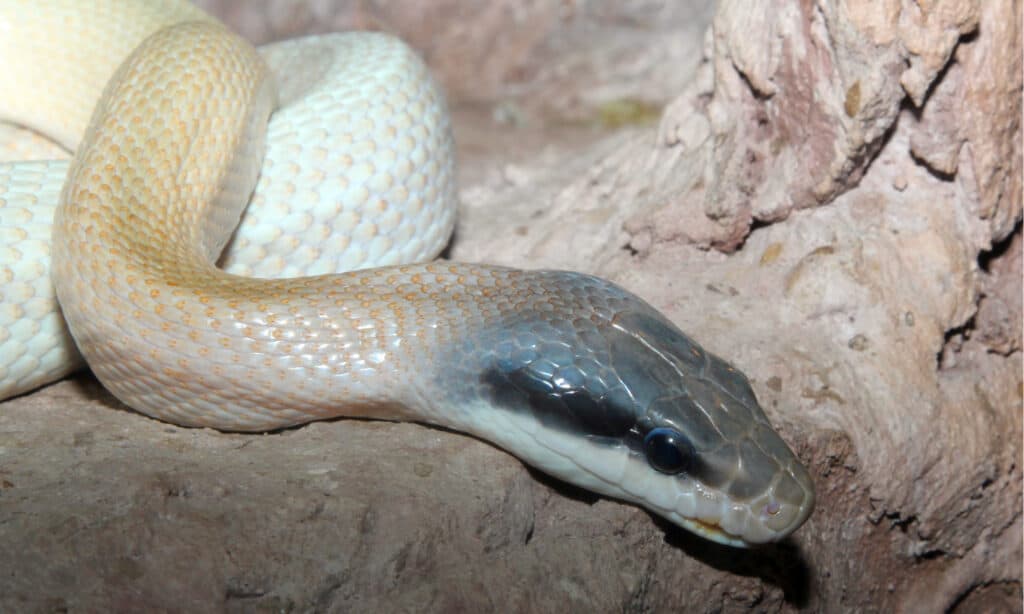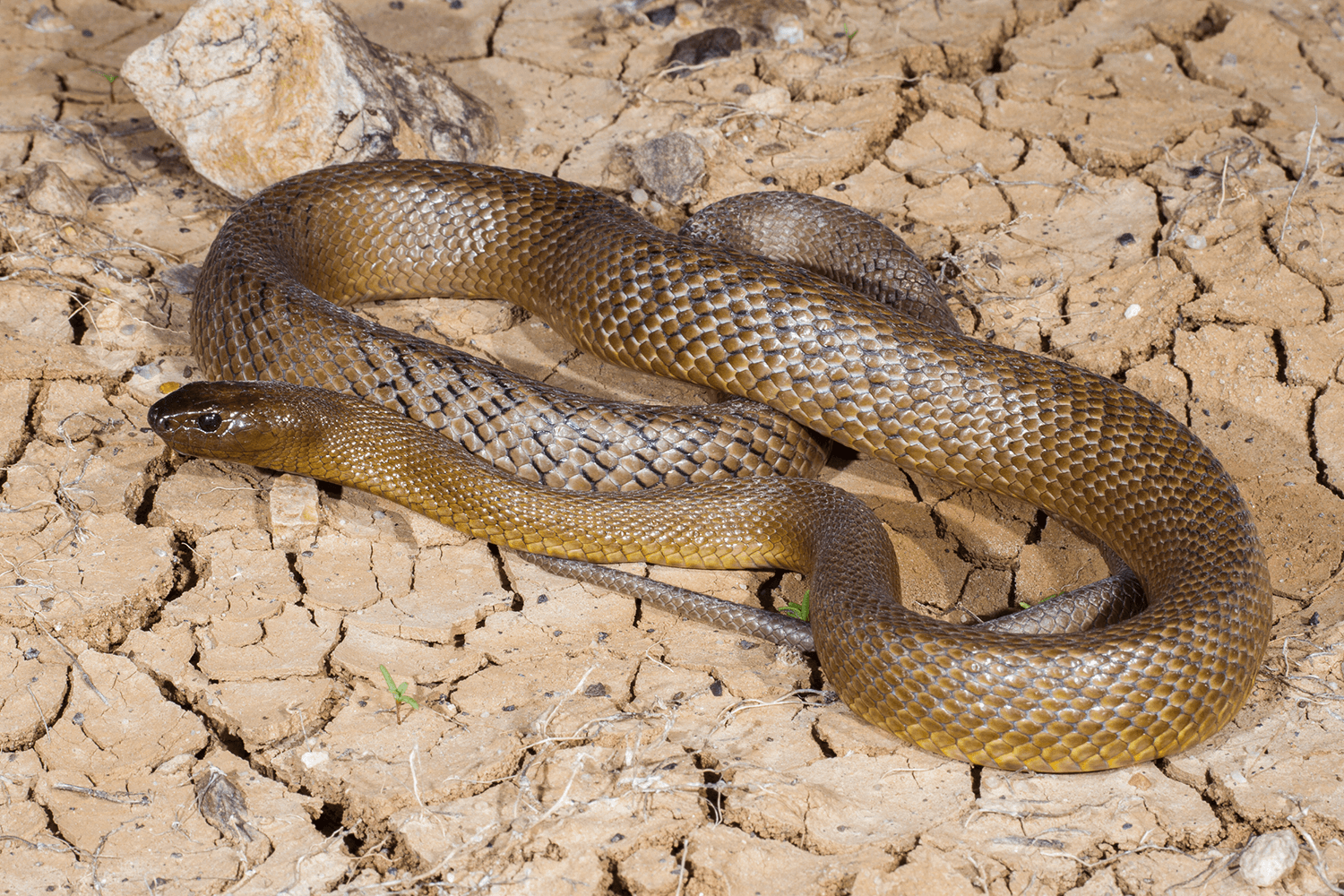Introduction
Tiger snakes are among one of the most widely known and been afraid reptiles in Australia, widely acknowledged for their striking appearance and potent poison. This article aims to delve into the details of the tiger snake's habitat, circulation, habits, and what one can anticipate when coming across these fascinating creatures. By recognizing where to locate them and just how to browse potential dangers, you can value their role in the ecological community while guaranteeing your security.
Tiger Snake Habitat: Where to Discover Them and What to Expect
Tiger snakes are primarily located in southeastern Australia, including Tasmania, where they flourish in a selection of settings. Their versatility allows them to populate diverse surfaces such as seaside regions, marshes, meadows, and also metropolitan areas.
Geographical Circulation of Tiger Snakes
The geographical reach of tiger serpents extends across a number of Australian states. They are specifically common in:
- Tasmania: The Tasmanian tiger snake is one of one of the most acknowledged subspecies. Victoria: Discovered near water bodies like rivers and lakes. New South Wales: Preferring bushland areas close to water sources. Western Australia: Even more generally seen around swamps and estuaries.
Understanding the geographical distribution is essential for both preservation efforts and public recognition relating to encounters with these snakes.
Preferred Habitats of Tiger Snakes
Tiger snakes prosper in numerous environments. Below are some normal environments where they might be found:
Wetlands: They prefer marshy or marshy areas where they can access target easily. Coastal Regions: Near coastlines or rough coastlines provide plentiful food sources like fish and amphibians. Forested Areas: Thick undergrowth provides shelter from predators while providing hunting grounds.Behavioral Patterns Related to Habitat
Understanding tiger snake habits within their habitats is vital for communication monitoring:
- Nocturnal Activity: Tiger serpents often tend to be much more energetic throughout golden hours (sundown and dawn), making them harder to spot during daytime. Territorial Nature: They show territorial habits; thus, it's vital to respect their space if encountered.
This understanding can help reduce undesirable communications between people and tiger snakes.
Are Tiger Snakes Venomous?
Yes, tiger serpents are certainly poisonous. Their poison contains neurotoxins that can trigger paralysis and even fatality if untreated.
What Makes Their Venom Dangerous?
The strength of a tiger snake's venom differs relying on several elements:
- Geographic location Individual health Quantity injected throughout a bite
Symptoms of a Tiger Serpent Bite
Recognizing signs early is vital:
- Pain at the bite site Swelling Difficulty breathing
Immediate medical attention is crucial if bitten.

First Help for Serpent Bites
Knowing first aid treatments can be lifesaving in instance of a serpent bite.
First Aid Steps for Serpent Bites
Stay calm; keep the damaged location still. Call emergency situation services immediately. Apply a pressure bandage above the bite site. Keep the specific lying down up until aid arrives.Following these actions can significantly improve results adhering to a snake encounter.
Where Else Can You Encounter Tiger Snakes?
While they're usually discovered in their all-natural habitats, urbanization has led to increased encounters with humans.
Urban Encounters
Tiger snakes may venture right into yards or parks searching for food or water sources.
Precautions When Hiking or Exploring
When checking out locations known for tiger snake habitats:
- Wear thick boots Stay on paths Be vigilant
Taking these preventative measures will aid lessen threats while you appreciate nature.
Baby Tiger Snakes: An One-of-a-kind Perspective on Growth
Just like grownups, baby tiger serpents are born venomous however smaller sized in dimension.
Characteristics of Child Tiger Snakes
- Size: Usually around 20-- 30 cm when born. Appearance: Sporting activity comparable pigmentation as adults however may have lighter bands initially.
Understanding their advancement assists in appreciating their ecological role from early stage onward.
FAQs about Tiger Snakes
1. Are all tiger snakes venomous?
Yes, all varieties of tiger snakes have poison efficient in creating severe harm.

2. Exactly how can I determine a tiger snake?
Look for distinctive banding patterns varying from yellowish-brown to blackish colors along their bodies; grownups normally grow in between 1-- 2 meters long.
3. What need to I do if attacked by a tiger snake?
Seek instant Get more information medical focus; apply emergency treatment measures as talked about earlier while maintaining calm.

4. Do infant tiger serpents present any danger?
Absolutely! Despite their tiny size, infant tiger serpents are still poisonous and can deliver attacks that need serious medical attention.
5. Exist any kind of particular habitats I should avoid?
Avoid going through dense underbrush or near stationary water where conditions favor serpent existence during warmer months.
6. Exactly how do preservation efforts influence tiger serpent populations?
Conservation initiatives concentrate on environment conservation which directly affects populace security by guaranteeing sufficient food resources and safe breeding locations.
Conclusion
In recap, understanding "Tiger Serpent Habitat: Where to Find Them and What to Expect" not just enriches our expertise concerning these impressive reptiles however also boosts our capability to exist together securely with them in shared environments. From identifying their liked environments to knowing how to react efficiently if bitten, detailed knowledge encourages us all-- whether we're wild animals enthusiasts or laid-back walkers-- to value this remarkable facet of Australia's natural heritage while prioritizing our safety.
First aid for snake bitesThis post serves as a considerable overview on whatever related to tiger snake environments! Whether you're an enthusiastic explorer or somebody looking just for information regarding these creatures, understanding how they engage within their ecological communities-- and exactly Epidemiology of Snake Bites how we fit into that picture-- is crucial!